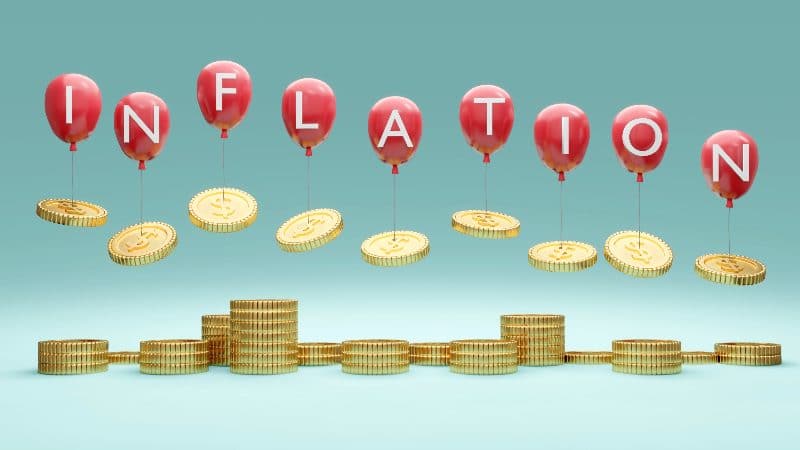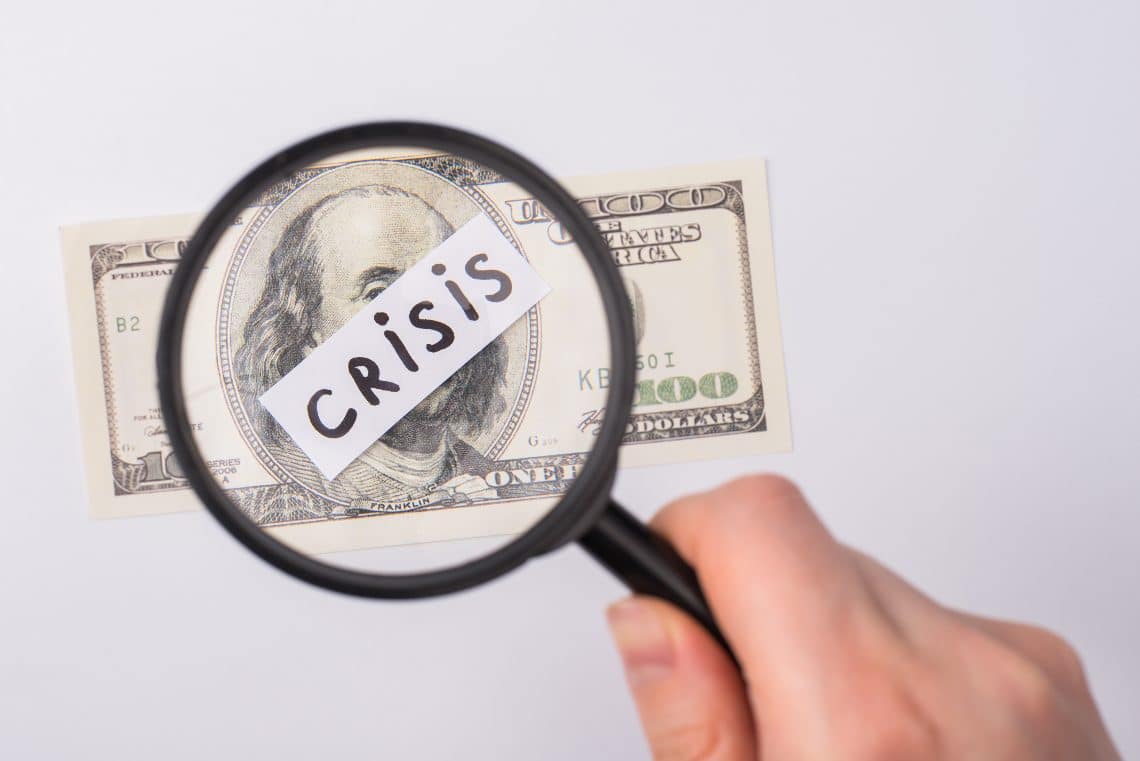The President of the Federal Reserve (Fed) of St. Louis, James Bullard, said he supports starting tapering in November in response to inflation by reducing purchases of stocks and bonds.
Summary
Federal Reserve and the tapering as an inflation reaction
Bullard is reported to have said that the way to react to inflation would be to bring forward tapering to early November. Here is what Bullard stated:
“I’d support starting the taper in November. I’ve been advocating trying to get finished with the taper process by the end of the first quarter next year because I want to be in a position to react to possible upside risks to inflation next year as we try to move out of this pandemic”.
For Bullard, it’s a matter of getting ahead of the curve, taking quicker action, inviting the central bank to be more aggressive as it begins to wind down its monthly bond-buying programme.
As such, the Federal Reserve is expected to announce next month that it will begin reducing the minimum $120 billion per month asset purchase programme, with a target date that will probably be by mid-2022.
Continuing in the interview Bullard also stated:
“There’s no reason for us to commit one way or another at this point. I just want to be in a position in case we have to move sooner that we’re able to do so next year in the spring or summer if we have to do so”.

Federal Reserve and the rising inflation rate in the US
Bank of St. Louis Federal Reserve Pres. Jim Bullard just said #inflation might not fall back to 2% and that we're going to have more inflation than we're used to for some time. This admission is a gross understatement. Soon the 1970s stagflation will look like the good old days!
— Peter Schiff (@PeterSchiff) October 4, 2021
“Bank of St. Louis Federal Reserve Pres. Jim Bullard just said inflation might not fall back to 2% and that we’re going to have more inflation than we’re used to for some time. This admission is a gross understatement. Soon the 1970s stagflation will look like the good old days!”
Inflation rates in the US have literally “shot up”, recording the largest year-on-year increase since 2008. The Fed’s massive quantitative easing (QE) scheme to deal with the economic crisis stemming from the pandemic also appears to have contributed to this rate.
For this reason, the International Monetary Fund (IMF) has reportedly already warned central banks to “ease expansionary monetary policy”.
Federal Reserve and cryptocurrencies
Earlier this month, Federal Reserve Chairman Jerome Powell reportedly made it clear that, unlike in China, they have no intention of banning cryptocurrencies in the US.
Although it is not yet clear how to regulate the crypto world, one thing that is certain is that in other countries, cryptocurrencies have been a real weapon against inflation.
One example is Zimbocash (Zash), a decentralized cryptocurrency based on Tron’s blockchain that aims to become a widespread means of payment in Zimbabwe, countering the hyperinflation the country has been living with for years.
The Venezuelan and Petro experiment, or the current coexistence of bitcoin and the dollar in El Salvador, are other cases in which crypto is stepping in to support countries’ monetary policies, tackling inflation.




